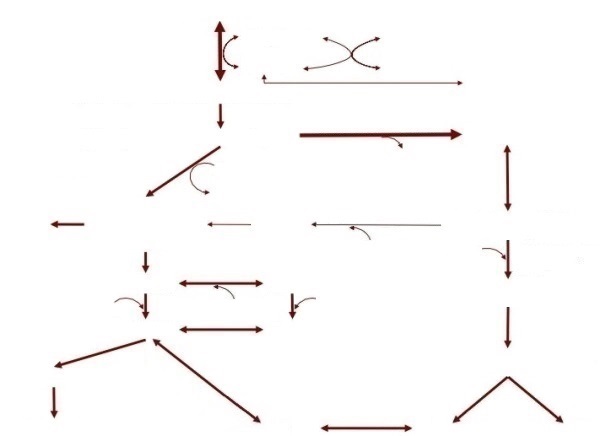قالب:Leucine metabolism in humans
| This article or section is in the middle of an expansion or major restructuring. You are welcome to assist in its construction by editing it as well. This template was placed by Seppi333. If this article has not been edited in several days, please remove this template. This template was last edited by Pastakhov (talk| contribs) 6 years ago. (Purge) |
| Contributor note: Annotations are currently being added to this diagram. The image file for this diagram will also be changed from File:ISSN HMB statement Fig 1.jpg to an SVG version without image text sometime within the next few days. Once the image file is changed and the annotations are resized/repositioned, the template will be ready for transclusion. For further information, see Talk:Beta-Hydroxy beta-methylbutyric acid#SVG diagram of File:ISSN HMB statement Fig 1.jpg (Leucine metabolism in humans). |
To transclude this template as is, use:
{{Leucine metabolism in humans}}
To transclude this template with a different header, alignment, and/or caption, use:
{{Leucine metabolism in humans | header=(desired header) | header background=(color hex code) | align=(left/right/center) | caption=(desired caption)}}
The image's alternative text (i.e. |alt= parameter) is "Diagram of leucine, HMB, and isovaleryl-CoA metabolism in humans".
المراجع
- ^ أ ب Wilson JM, Fitschen PJ, Campbell B, Wilson GJ, Zanchi N, Taylor L, Wilborn C, Kalman DS, Stout JR, Hoffman JR, Ziegenfuss TN, Lopez HL, Kreider RB, Smith-Ryan AE, Antonio J (February 2013). "International Society of Sports Nutrition Position Stand: beta-hydroxy-beta-methylbutyrate (HMB)". Journal of the International Society of Sports Nutrition. 10 (1): 6. doi:10.1186/1550-2783-10-6. PMC 3568064. PMID 23374455.
{{cite journal}}: CS1 maint: unflagged free DOI (link) - ^ أ ب Kohlmeier M (May 2015). "Leucine". Nutrient Metabolism: Structures, Functions, and Genes (2nd ed.). Academic Press. pp. 385–388. ISBN 978-0-12-387784-0. Retrieved 6 June 2016.
Energy fuel: Eventually, most Leu is broken down, providing about 6.0kcal/g. About 60% of ingested Leu is oxidized within a few hours ... Ketogenesis: A significant proportion (40% of an ingested dose) is converted into acetyl-CoA and thereby contributes to the synthesis of ketones, steroids, fatty acids, and other compounds
Figure 8.57: Metabolism of L-leucine
| Editors can experiment in this template's sandbox (create | mirror) and testcases (create) pages. Subpages of this template. |
